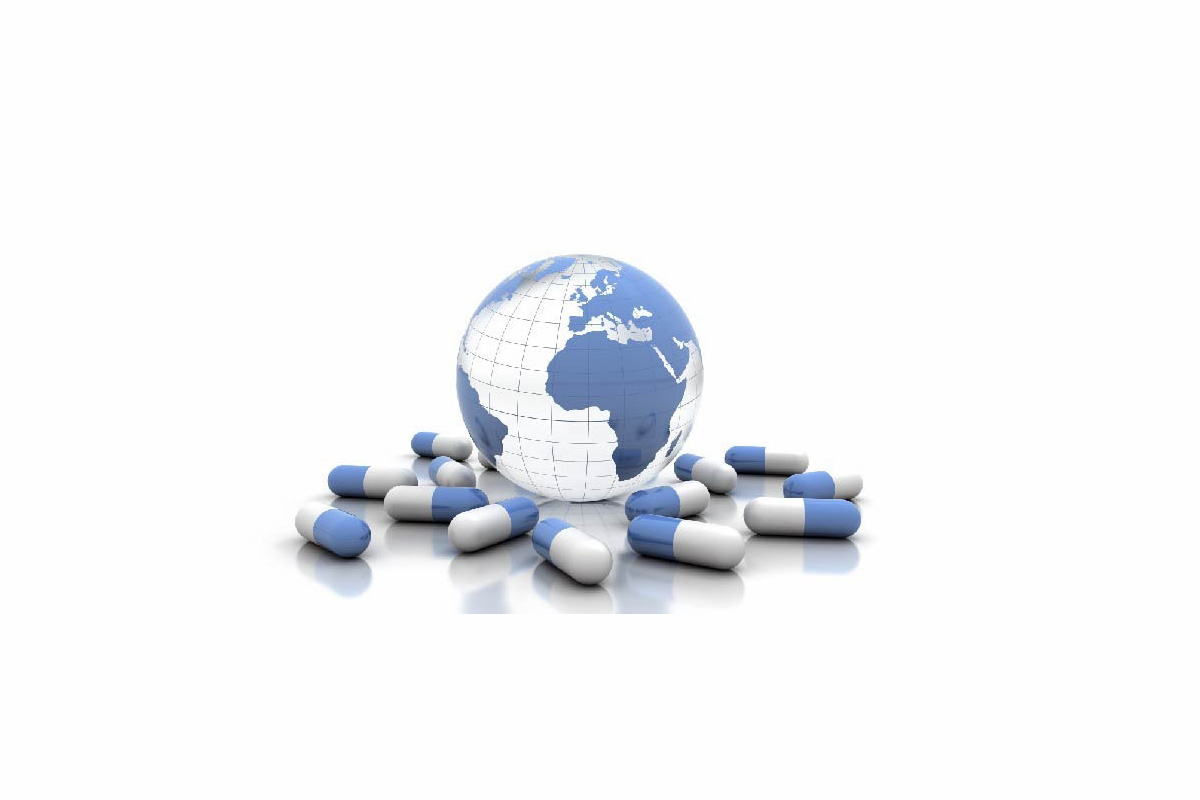The “Pharmaceutical Continuous Manufacturing Market: Global Industry Trends, Share, Size, Growth, Opportunity and Forecast 2022-2027” report has been added to ResearchAndMarkets.com’s offering.
The global pharmaceutical continuous manufacturing market reached a value of US$ 1.05 Billion in 2021. Looking forward, the publisher expects the market to reach a value of US$ 2.24 Billion by 2027, exhibiting a CAGR of 13.46% during 2021-2027. Keeping in mind the uncertainties of COVID-19, we are continuously tracking and evaluating the direct as well as the indirect influence of the pandemic on different end use sectors. These insights are included in the report as a major market contributor.
Pharmaceutical continuous manufacturing refers to an end-to-end medication production approach that enhances the quality and consistency of various novel drugs and vaccines with minimal capital investments. As compared to batch processing, it operates in a continuous flow, is easier to scale, offers greater control to manufacturers and a higher level of automation, and eliminates physical intervention.
Apart from this, pharmaceutical continuous manufacturing aids in minimizing the medicine formulation duration, risk of human errors, monitoring the production procedures, and improving the product quality to harmonize with the regulatory guidelines. Consequently, the technique is extensively utilized by pharmaceutical companies and contract manufacturing organizations (CMOs) to develop active pharmaceutical ingredients (API) and medicines. At present, it is available in integrated, semi-continuous, and control types.
Pharmaceutical Continuous Manufacturing Market Trends:
One of the primary factors currently driving the global pharmaceutical continuous manufacturing market is the increasing demand for effective medicine production systems for composing various effective biologics at a lower cost. This can be further attributed to the rising drug shortages and the growing prevalence of several chronic ailments across the globe.
Additionally, the rising health concerns, especially during the coronavirus disease (COVID-19) pandemic outbreak, have prompted pharmaceutical companies to use continuous manufacturing techniques to compose novel vaccines, which is acting as another growth-inducing factor.
In line with this, significant technological advancements, such as rapid automation in the pharmaceutical manufacturing methodology and the large-scale integration of artificial intelligence (AI) solutions, are contributing to the market growth. Other factors, such as significant improvements in the pharmaceutical sector, ongoing research and development (R&D) activities, and the escalating awareness about the availability of food and drug administration (FDA) approved medicines, are creating a positive outlook for the market.
Key Market Segmentation
Breakup by Therapeutics Type:
- Large Molecules
- Small Molecules
Breakup by Formulation:
- Solid Formulation
- Liquid and Semi-solid Formulation
Breakup by Application:
- Final Drug Product Manufacturing
- API Manufacturing
Breakup by End User:
- Pharmaceutical Companies
- Contract Manufacturing Organizations
- Others
Breakup by Region:
- North America
- United States
- Canada
- Asia-Pacific
- China
- Japan
- India
- South Korea
- Australia
- Indonesia
- Others
- Europe
- Germany
- France
- United Kingdom
- Italy
- Spain
- Russia
- Others
- Latin America
- Brazil
- Mexico
- Others
- Middle East and Africa
Key Topics Covered:
1 Preface
2 Scope and Methodology
3 Executive Summary
4 Introduction
5 Global Pharmaceutical Continuous Manufacturing Market
6 Market Breakup by Therapeutics Type
7 Market Breakup by Formulation
8 Market Breakup by Application
9 Market Breakup by End User
10 Market Breakup by Region
11 SWOT Analysis
12 Value Chain Analysis
13 Porters Five Forces Analysis
14 Price Analysis
15 Competitive Landscape
Companies Mentioned
- Baker Perkins
- Coperion GmbH (Hillenbrand Inc.)
- Eli Lilly and Company
- GEA Group Aktiengesellschaft
- Glatt GmbH
- Korsch AG
- Novartis AG
- Siemens
- SK biotek
- Thermo Fisher Scientific Inc.
- Viatris Inc.



